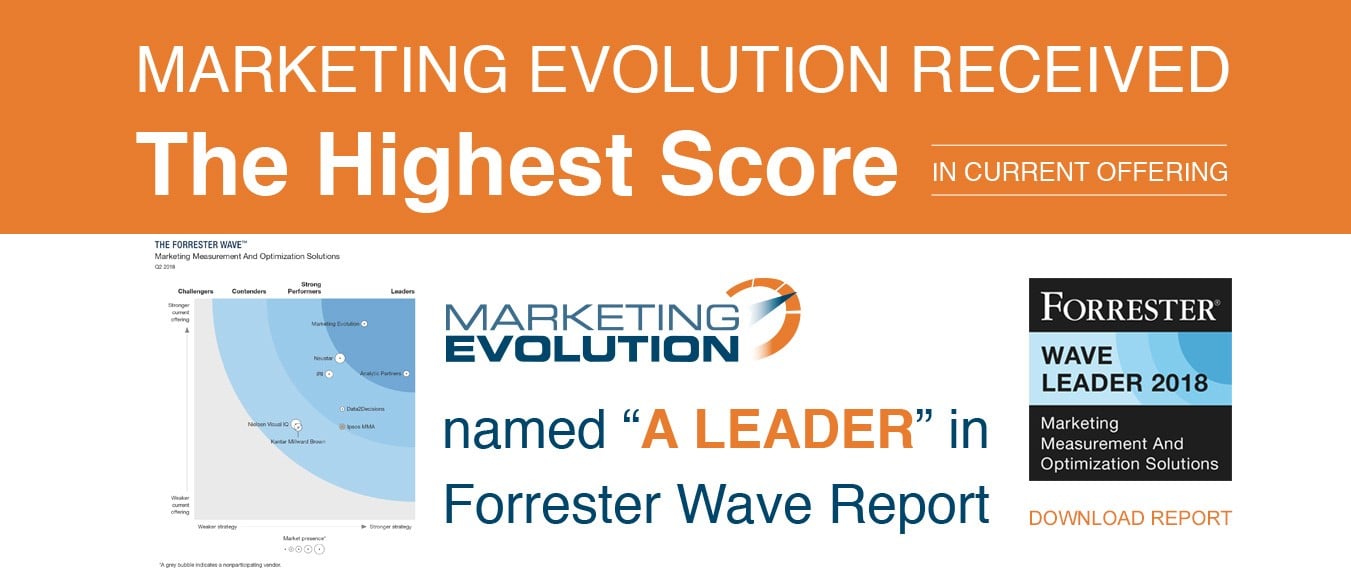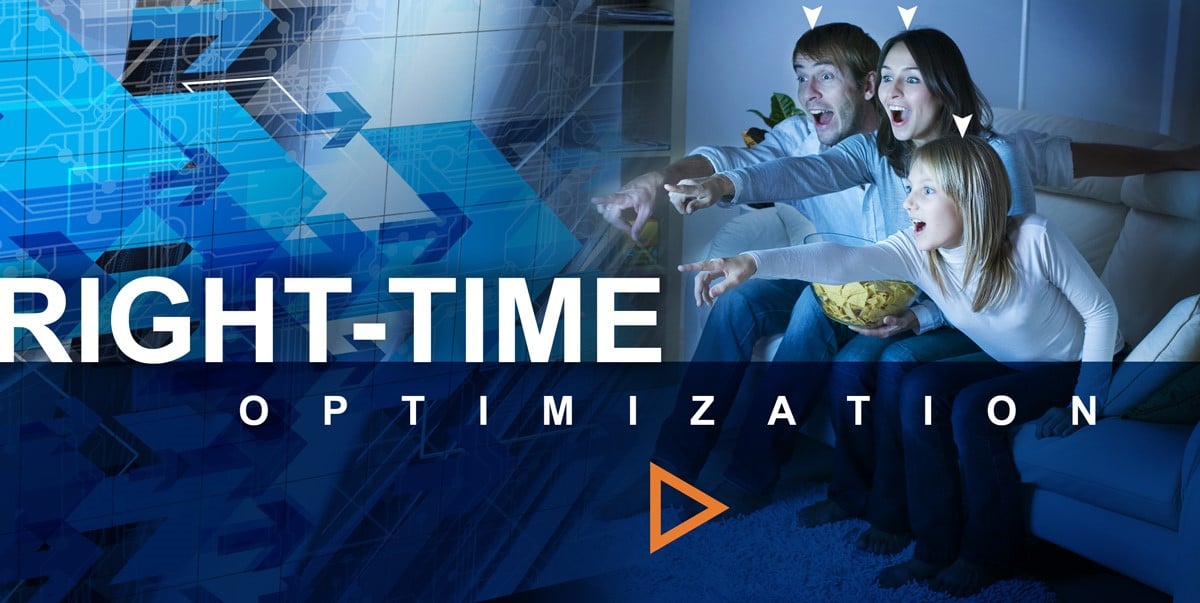How is Marketing Evolution Different?
Learn how Regions Bank Perfected their customer journey

To describe how Marketing Evolution is different, we will start by defining the category of companies that Marketing Evolution competes with. The category includes marketing mix models, attribution models, and the newly minted Forrester descriptor, “Unified Measurement.”
Forrester named Marketing Evolution Leader in “Unified Measurement” in their October 2016 Wave report. This means that Marketing Evolution combines mixed modeling and attribution modeling into one Unified Marketing Measurement. Forrester sees Unified Measurement as the evolution of marketing mix and attribution models. They encourage marketers to select Unified Vendors that integrate both marketing mix modeling and external factors, such as the weather and economy, with the attribution of the contribution of each marketing element.
As with other leaders, Marketing Evolution delivers results through dashboards, and offers what‑if budget planning tools. In Marketing Evolution’s case, the software includes knowledge management and an optimization workflow system so that marketers can optimize their entire marketing mix while the campaigns are live. What makes Marketing Evolution different—we think better—than other Unified Measurement Vendors are five key factors:
1. Fastest On-Boarding + In-Campaign Adjustments = 30%+ Higher ROI
2. Message + Person-Level Attribution = More Actionable Optimizations
3. Location Analysis = Hyper-Local Optimizations
4. Brand + Behavior Analysis = PersonCentricTM Targeting
5. Validation = Greater Confidence in Results
We will explain each of these points of differentiation and why it matters to marketers. We conclude with “what to ask” vendors with regard to these key capabilities. The “what to ask” list is available as a HERE. Marketers and agencies can use this form to save time when generating a request for proposal (RFP).




















